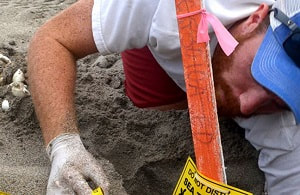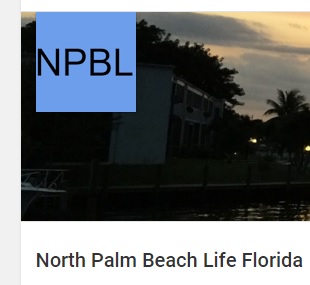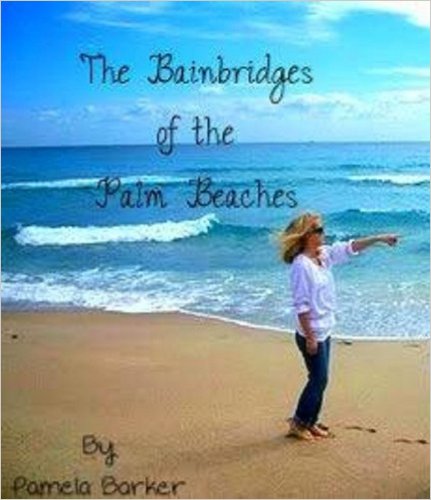 (Press Release)_Research biologists from the Research Laboratory at Loggerhead Marinelife Center recently published a scientific study on how contaminants such as mercury and natural toxins from red tide algal blooms affect sea turtles’ health. In 2014, Dr. Justin Perrault, the Center’s associate director of research, began studying the toxins’ effects on Kemp’s ridley and green sea turtles in Big Bend, Florida. Although very few studies on the toxins' effects on sea turtles have been conducted, it’s more common to see algal blooms in that area, making it a prime spot to research the toxins. During the study, LMC’s research biologists and colleagues from other laboratories collected blood samples and examined otherwise healthy turtles to see if they showed signs of fibropapillomatosis (FP), a tumor disease that affects green sea turtles. Then, they examined health parameters in plasma, and found that brevetoxins from red tide potentially contributed to inflammation, increased tumor growth and decreased body condition in Kemp’s ridleys and greens. “These contaminants can potentially impact disease development and negatively impact the immune function and survival of these endangered marine turtles,” said Dr. Perrault. “We hope to continue learning about how these toxins affect sea turtles in an effort to better understand treatment options for animals that strand as a result of red tide.” This is the first study to reveal that brevetoxin exposure may promote FP tumor growth in green sea turtles. The peer-reviewed paper is published in the Science of the Total Environment journal and can be accessed over the next 50 days for free. For more information visit authors.elsevier.com. For more information on LMC’s research projects, visit marinelife.org/research. Comments are closed.
|
ABOUTExploring what to see and do in North Palm Beach and the South Florida area. Your hosts are Pam and Gerry Barker. GERRY PRONOUNCED GARYArchives
July 2024
YouTube ChannelCategoriesListen to Chapter One of "Panama Palmer"
|
- Home
- Cruise/Travel
- Gigi in the 561
- Blogs
- Video
-
Explore
- Snaps >
- Island Destinations
- October Odyssey >
- Pam - Traveling in Style
-
Road Trip!
>
- Road Trip! -- Tucumcari, New Mexico
- Road Trip! -- The Painted Desert
- Road Trip! - Sedona, Arizona
- Road Trip! - Sedona Wineries
- Road Trip! Tonto Natural Bridge State Park
- Road Trip! - Mogollon Rim
- Road Trip! - Verde Canyon Railroad
- Road Trip! - Jerome, Arizona
- Road Trip! - California
- Road Trip! - Palm Springs Celebrity Tour
- Road Trip! - Palm Springs Aerial Tramway
- Road Trip! - Festival in Palm Springs
- Road Trip! - Willcox, Arizona and Apple Annie's Orchard
- Road Trip! Willcox Wineries
- Road Trip! Chiricahua National Monument
- Road Trip! Tombstone, Arizona
- Tombstone, Part Two
- Road Trip! - Epilogue
-
Traveling With Joe
>
- Beartooth Highway
- North Cascades National Park
- A Visit to the Philippines
- Grand Canyon National Park
- Glacier National Park
- Yellowstone National Park
- Hiking in Bear Country
- Crater Lake National Park
- Albuquerque Balloon Fiesta
- The Kerrville Folk Festival
- Building Hope in the Rio Grande Valley
- Yellowstone Camping Tales
-
Unknown Yellowstone
>
- Unknown Yellowstone - Heart Lake
- Unknown Yellowstone - Summit Lake
- Unknown Yellowstone - Shoshone Lake
- Unknown Yellowstone - Grizzly Lake
- Unknown Yellowstone - Riddle Lake
- Unknown Yellowstone - Pelican Cone
- Unknown Yellowstone - Mt. Washburn
- Unknown Yellowstone - Specimen Ridge
- Unknown Yellowstone - Avalanche Peak
- Unknown Yellowstone - Divide Creek
- Contact
- Search
|
© COPYRIGHT 2024 ALL RIGHTS RESERVED.
|







 RSS Feed
RSS Feed


